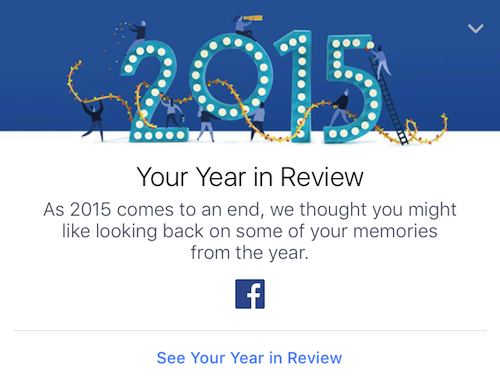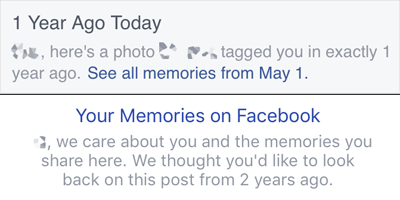How many talks have I given over the years? How many times have I stood at the front of a room, on a stage or in front of a chalkboard or otherwise before an audience, and talked at them for an hour or so?
Lanyrd says 72 as I write this, with two more coming this year. But Lanyrd only goes back to 2003, so I already know it’s missing some of my past appearances. Everything from 1995 (or was it 1996?) through 2003, for example. The talks I’ve done for college classes and user groups in Cleveland. Probably others as well. So let’s round it off to an even one hundred, and pretend like that’s a meaningful milestone or something.
I used to talk about code, style, standards, all that stuff. It was all, as the cliché goes, subjects for which I had prepared not my talk, but myself. I knew the subject so thoroughly, I pretty much never wrote out a script. I wrote an outline, assembled slides or demos or whatever to support that outline, and then mostly improvised my way through the talk. The closest I got to rehearsal was back in 2007, I think, when my talk was two slides in Keynote and then a bunch of pre-created style snippets that I dropped into a live web page, saving and reloading, talking about the changes as I went. Live-coding, except without relying on my sloppy typing skills.
(That one was called “Secrets of the CSS Jedi”, where I took a table of data, marked up as such, and turned it into a bar graph live on stage, the summary line of which I still remember: “CSS does not care what you think an element should look or act like. You have far more power than you realize.” That was a revolutionary thing to say back then. We were coders once, and young.)
These days, my talks are nearly or entirely code-free, as I explore topics like compassion in design, and the ways that our coding has a profound influence on society now and into the future. The talks generally start life as 9,000-word essays that I edit, rearrange, patch up, re-edit, polish, and then rehearse. After the first two rehearsals, I re-re-edit and re-polish. Then I rehearse several more times.
The point of all this being:
I stumble through my rehearsals, getting more and more incoherent, getting more frustrated every time I have to start over, certain I’ll never get the words to work, increasingly convinced it means the ideas behind them have no merit at all, until I want to curl up in a cushion fort and never come out. I grapple with the fear that even if by some miracle I do have one or two worthwhile things to say, they’ll be buried in a flood of stuttered half-sentences and self-protective rhetorical tricks.
So I get nervous before my talks. Adrenaline surges through me, elevating my pulse and making my palms sweat as they get prickly, the cold fire washing up my arms and into my cheeks. I pace and fidget, concentrating on my breathing so I don’t hyperventilate. Or hypoventilate, for that matter.
I do this before every talk I give at An Event Apart, even when I’ve given the talk half a dozen times previously. I did it before I hit the stage at XOXO 2015. I did it before I started my talks at Rustbelt Refresh.
A hundred public talks or more, and it’s still not easy. I’m not sure it ever will be easy. I’m not sure it ever should be easy.
The further point being:
Every speaker I know feels pretty much exactly the same. We don’t all get the same nervous tics, but we all get nervous. We struggle with our fears and doubts. We all feel like we have no idea what we’re doing.
So if you’re afraid to get up in front of people and share what you know: you’re in very, very good company. I know this, because I am too.
If you have something to share — and you do — try not to let the fear stop you.
We’re all afraid up there.
This article was originally published at The Pastry Box Project on 2 October 2015.


